After months of talks and behind-the-scenes negotiation, Apple has agreed to make iPhone's NFC stack available to a UK government app designed to confirm the status of citizens following a planned departure from the European Union.
UK Home Secretary Sajid Javid at the end of March announced the government's Brexit app will work with iPhone by the end of 2019, reports The Guardian.
"I've had numerous conversations with Apple at the highest levels to ensure everyone can use the app," Javid said. "Together we've been working hard to find a solution that will allow the app to work on their devices. I'm pleased to confirm that Apple will be making the necessary changes and the app will be working on their mobile and tablet devices by the end of the year."
The Brexit app is at its core a registration system for the estimated 3.5 million EU citizens who live in the UK. Those who wish to stay after Brexit can apply for "settled status" through the app, first presented last year by the UK's Home Office.
As noted by NFC World, which detailed the EU Exit: ID Document Check app and its capabilities on Tuesday, EU citizens can remotely verify their identity by taking a selfie for facial recognition processing and scanning the security chip embedded in their passport. Due to Apple's strict NFC policies, the app is currently unable to retrieve information from passport chips, meaning users cannot be positively identified on iOS.
Incompatibility with iPhone was a noted issue when the Home Office first announced the project in 2018. In November, the UK government blamed Apple for the app's problems, citing the company's refusal to open iPhone's NFC functionality for passport chip scanning.
At the time, UK officials informed citizens to borrow a friend's Android device to complete the registration process, as smartphones running Google's mobile operating system do not have the same NFC restrictions.
The EU Exit app is one of the easier methods of obtaining settled status in the UK. EU citizens living in the country can also verify their identity by mail or visit a dedicated service center to have their passports scanned.
"Our EU Settlement Scheme is now up and running and after a successful launch, over 280,000 EU citizens have applied so that they can continue to live their lives as they do now," David said, as reported by NFC World.
While Apple is working on a solution, it will likely be unavailable by Brexit's due date on April 12.
 Mikey Campbell
Mikey Campbell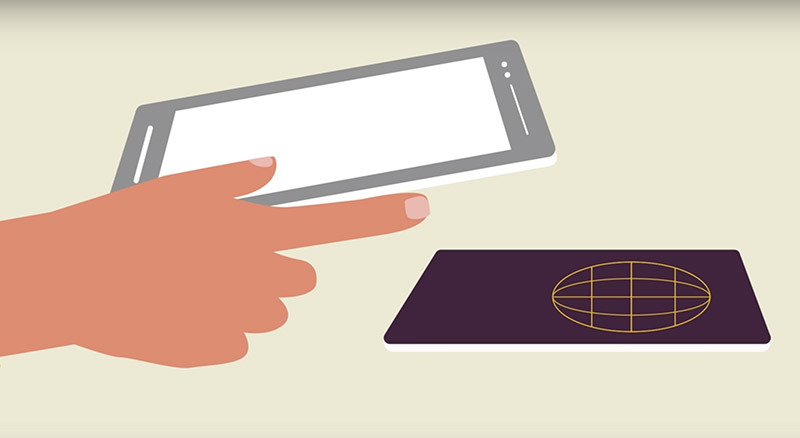

-m.jpg)






 Oliver Haslam
Oliver Haslam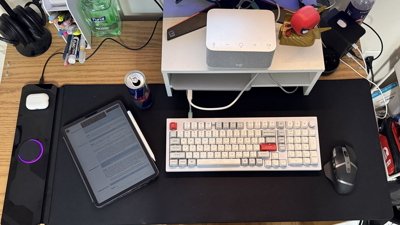
 Thomas Sibilly
Thomas Sibilly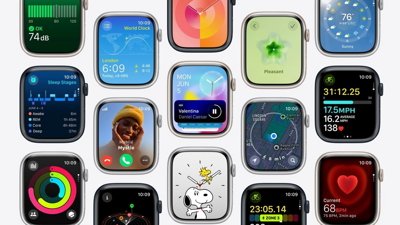
 Marko Zivkovic
Marko Zivkovic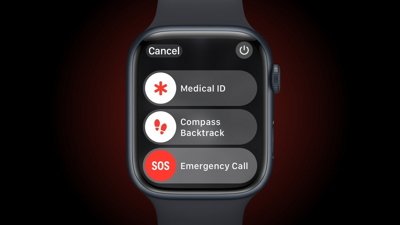
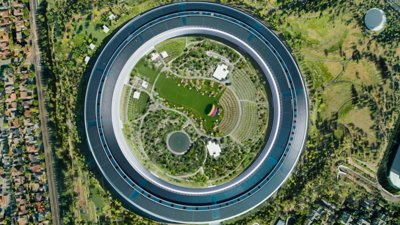
 Wesley Hilliard
Wesley Hilliard
 Malcolm Owen
Malcolm Owen
 Andrew Orr
Andrew Orr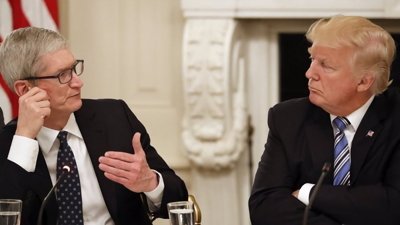
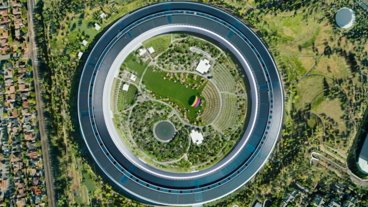
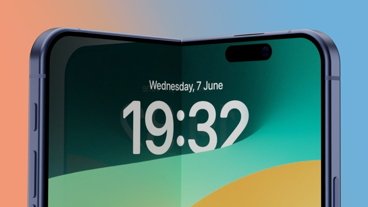
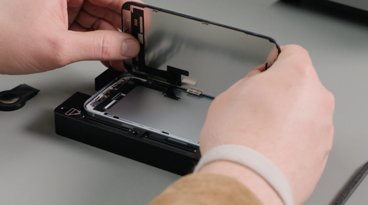
-m.jpg)






18 Comments
So the article does not really describe likely what’s is happening.
Right now , iOS reads NDEF format over NFC, and can respond in a few other formats. (And its pretty strict, it doesn’t do Smart Posters for example, which are a modification of NDEF).
E-Passports can be encoded in as few different ways, but most are BAC encoded. This means the NFC data is an encrypted blob, and the encryption key is derived from the data on the photo page.
That’s why at a check in kiosk, you usually put your e-Passport face down and the photo page is being scanned concurrently with reading the chip.
If you try it today, the Phone realists the epassport is there, but it rejects the encrypted data as invalidly formatted.
Apple doesn’t need to open up access to the NFC subsystem to read an e-passport, they just need to add an API that supports reading the common encrypted passport formats (eg reading a BAC e-Passport with a supplied key). If they were being super slick, they’d have an API that extracted the key material from an image of the photograph page in the vision framework, and you could pass that straight on to the CoreNFC code.
If they can do that its super-slick flow, and may even enable Apple Wallet to hold government grade identity cards.
Brexit doesn’t appear to be inevitable, particularly not of late, so this may all be an enormous waste of time (for the UK government — Uroshnor’s informative post, if correct, may point to many good developments to come from this for Apple). Let’s hope.
On the bright side, this is one good thing to have come from this Brexit fiasco.